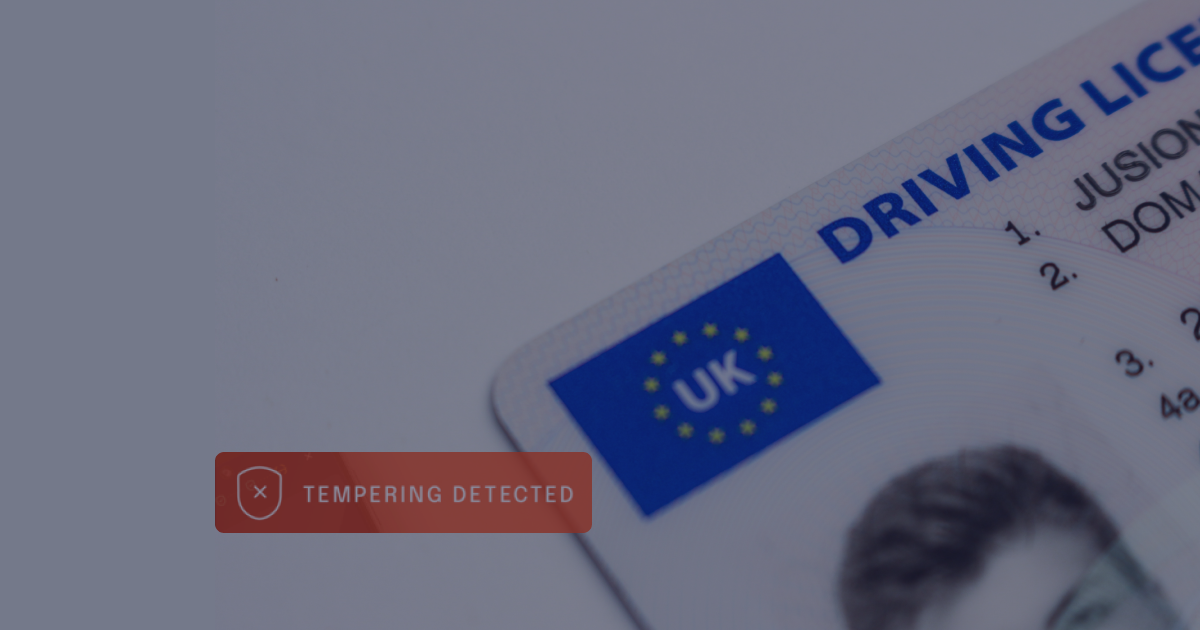In the previous blog, we discussed the constraints of Identity 1.0, mainly overseen by credit bureaus, that inevitably led to the emergence of Identity 2.0 – a more secure, reliable, and flexible approach. This shift marked the advent of specialized identity verification (IDV) companies that built on algorithms developed by pioneers in biometrics and computer vision, establishing the foundation for a new era of digital identity verification.
The Pioneering Force
Biometric and computer vision technologies are the lifeblood of IDV. These systems scrutinize physical or behavioral attributes of individuals like faces, fingerprints, and even voice patterns to create a solid framework for identity verification.
Innovators such as ID R&D, iProov, Regula, and Innovatrics developed and refined pivotal algorithms that underpin contemporary identity verification. By incorporating artificial intelligence AI and machine learning into biometric and computer vision technologies, these companies significantly advanced the efficiency, reliability, and security of these systems.

The Rise of SaaS IDV Companies
Building on these foundational technologies, Software as a Service (SaaS) companies like Onfido and Veriff emerged, providing a fresh perspective on identity verification. Initially, they utilized the core algorithms pioneered by biometric and computer vision trailblazers, integrating them into more comprehensive, user-friendly platforms.
Eventually, many of these SaaS IDV companies began to devise their own technologies, customizing and fine-tuning algorithms to cater to their specific use cases and clientele. Offering scalable and versatile identity verification solutions, these companies contributed significantly to the birth of Identity 2.0.
The Hurdles of Identity 2.0
While Identity 2.0 heralds a significant leap forward, it also introduces its own set of challenges. Here are a few:
-
One prevalent issue is high user abandonment – rigorous verification processes, albeit crucial for security, may prove intricate and lengthy, leading users to abandon the process prematurely. Striking a balance between stringent security measures and a seamless user experience remains a critical challenge for identity verification companies.
-
Another pressing concern is the detection of synthetic identities and fraudulent personas. They are crafted by merging real and counterfeit information and remain a formidable challenge due to the limitations of conventional verification methods.
-
Furthermore, the accumulation of personally identifiable information (PII) within IDV systems raises the specter of 'PII honeypots'. These are hotspots for hackers, with breaches posing the risk of significant privacy violations and fraud.
Future Trajectory
The transition from Identity 1.0 to 2.0 symbolizes substantial progress in digital identity verification. However, the journey is far from its terminus. As we aim to reach an era where digital identities mirror the reliability and security of physical ones, tackling these challenges is paramount.
The swift evolution of technology heralds new solutions on the horizon – enhanced user experiences to curtail abandonment, advanced AI algorithms to better detect synthetic identities, and fortified encryption methods to secure PII.
The landscape of digital identity verification is ever-changing, but the expectation for future innovations remains. One fact is indisputable: the progress made thus far, from the groundbreaking work of biometric and computer vision developers to the growth of SaaS IDV companies, has indubitably enhanced our digital world.
Interested in seeing Trustmatic in action? Request a demo or contact us.


.webp)


